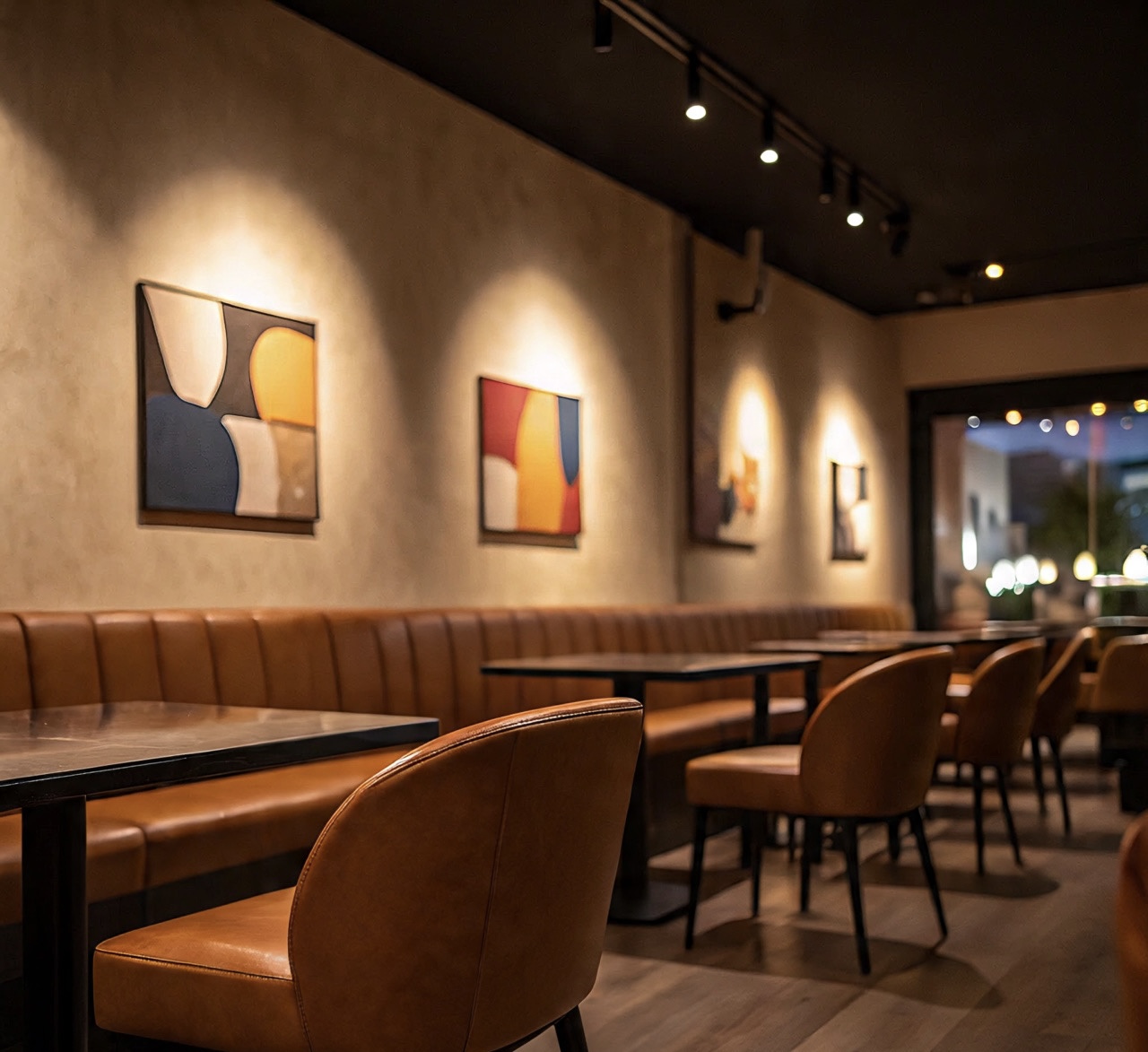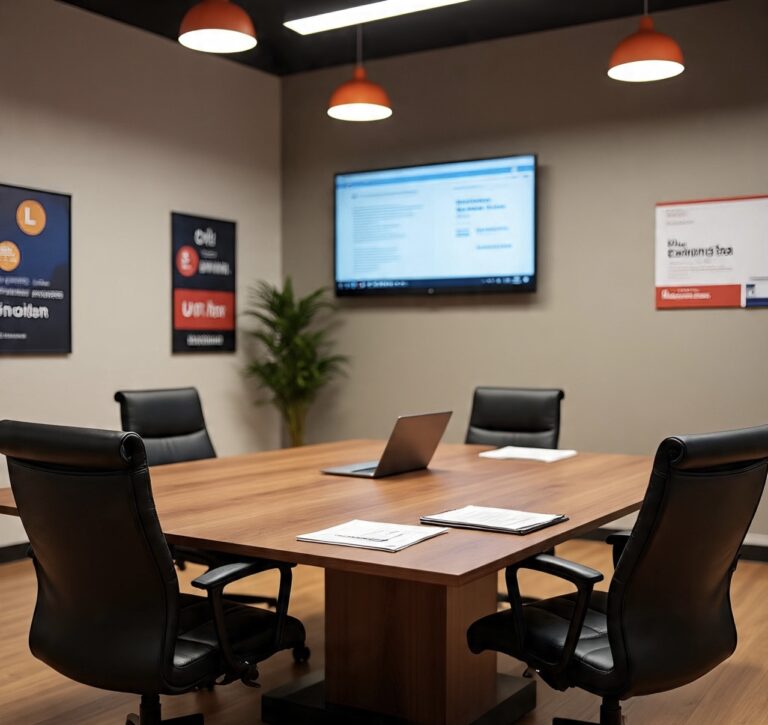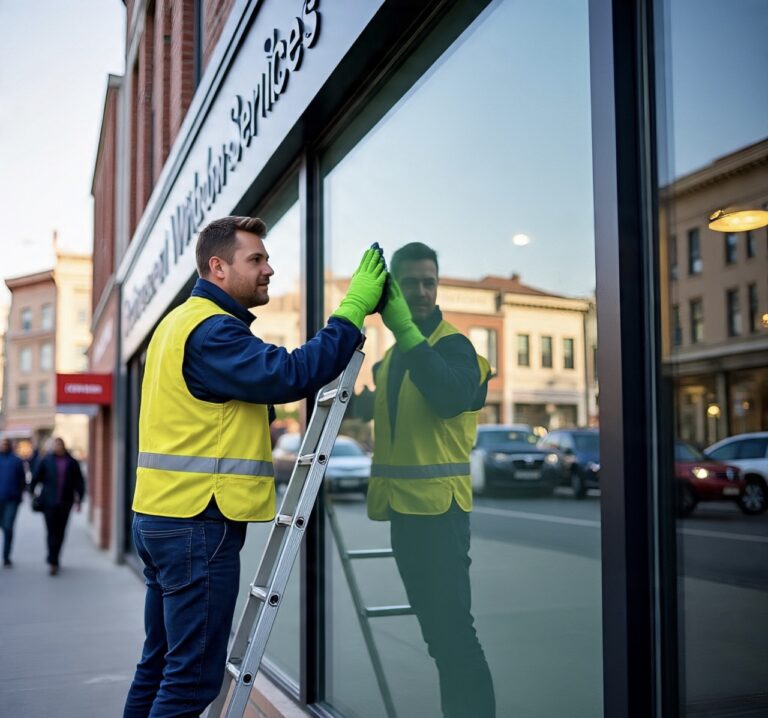Designing a ‘Prayer Corner’ in Restaurants: Restaurant Furniture to Invite Pause and Reflection
Guests look for more than just a meal when they eat. They seek comfort, atmosphere, and a sense of calm when they step inside. Dining is as much about the experience as it is about the food, and this shift has changed the way restaurants approach their design. Creating a prayer or reflection corner within a restaurant is one way to offer guests a deeper level of care. Such spaces bring a sense of pause and peace into a setting that is often filled with activity.
Surveys show that 62 percent of diners believe atmosphere, that can be created with commercial-grade restaurant furniture, strongly affects whether they return, and the global wellness industry has already grown beyond five trillion dollars. Restaurants that embrace wellness-focused spaces have also seen loyalty grow, with some reporting as much as a 20 percent increase in repeat visits. These numbers highlight the real value of design that speaks to both body and spirit.
Cultural and Emotional Significance of a Prayer Corner
The idea of a prayer or reflection corner holds special meaning across cultures. It acknowledges that dining is not just physical but also emotional and spiritual. Many guests come from diverse backgrounds, and a quiet space shows respect for religious practices without asking for attention or explanation.
A calm corner also provides relief in the middle of fast-paced urban life. Stress is a daily challenge for many, and the opportunity to step aside, breathe, and reflect is more valuable than ever. Studies reveal that around 40 percent of customers prefer businesses that embrace cultural inclusivity, while multicultural neighborhoods often see stronger loyalty when restaurants demonstrate respect for traditions. Emotional well-being is now viewed by 70 percent of working professionals as just as important as physical health, making prayer corners more relevant than ever.
Choosing the Right Furniture for Reflection Spaces
The furniture chosen for a prayer or reflection corner should strike a balance between function and peace. Compact seating allows the corner to remain intimate without overwhelming the space, while materials like wood, natural fibers, or soft upholstery create a calming atmosphere. Multipurpose pieces can blend with the rest of the restaurant’s style while still offering comfort and purpose.
Durability is essential, but it should never overshadow the need for serenity. Neutral palettes and soft textures encourage focus, while easy-to-maintain surfaces keep the area dignified. Modular furniture can adapt to changing needs, ensuring the corner remains flexible. Ergonomic seating supports posture during moments of prayer or reflection, and upholstered chairs in neutral tones have been shown to reduce stress and anxiety. These details ensure that the space both looks and feels like a sanctuary.
Designing Layouts that Encourage Stillness
The way a prayer corner is positioned makes a significant difference. Placing it away from busy aisles and noisy sections ensures privacy and comfort. Partitions, booths, or freestanding screens can be used to create a sense of enclosure, while still allowing the space to feel accessible.
Natural light can be a gift, though soft artificial lighting provides alternatives where daylight is limited. Subtle design cues like gentle flooring changes or directional lighting can signal the purpose of the area without disrupting the restaurant’s overall theme. Acoustic panels or soft materials reduce surrounding noise by as much as 30 percent, adding to the sense of calm. Careful planning also ensures the space does not interfere with staff flow or guest seating. Research shows that diners spend about 15 percent longer in restaurants with quiet spaces, which can increase revenue while creating goodwill.
Decorative Elements to Enhance the Atmosphere
Decor plays a strong role in shaping the energy of a reflection space. Plants and natural décor bring freshness and peace, while minimalist accessories keep the area uncluttered. Symbolic touches can be added without overwhelming the corner, ensuring it stays respectful and calming.
Lighting is best kept soft, with candles or low-glow lamps setting a tranquil mood. Comfortable flooring, mats, or rugs add warmth underfoot, giving the corner a defined sense of place. Décor should always align with the restaurant’s identity while respecting the sacredness of the setting. Subtle scents like lavender or sandalwood encourage relaxation, while calming wall art reinforces the purpose of the corner. Indoor greenery has also been shown to boost perceived air quality by about 12 percent, making guests feel more comfortable and at ease.
Practical Considerations for Restaurant Owners
Introducing a prayer corner does not mean giving up valuable dining space. With thoughtful design, even 25 square feet can serve as an effective corner for reflection. Efficiency matters, but so does accessibility, and both can be achieved through planning.
Safety requirements must always be respected, and inclusivity should be top of mind. Designing a corner that welcomes people of different faiths or even those seeking quiet reflection ensures fairness. Budget-conscious owners can explore cost-effective furniture choices without losing atmosphere. Staff training is another essential step, teaching respect and care in how the area is maintained.
Examples around the world show that restaurants with wellness spaces gain positive reputations quickly. Budgeting for the initial setup can be offset by increased loyalty, higher review ratings, and repeat visits. Restaurants that include wellness-driven spaces often see online reviews rise by half a star compared to competitors, showing how much value guests place on such thoughtful additions.
The Future of Mindful Dining Spaces
The future of dining is moving steadily toward wellness-centered design. More restaurants are blending food, spirituality, and relaxation as guests seek holistic experiences. In urban centers and multicultural neighborhoods, demand for these spaces is expected to grow even stronger.
Technology may also play a role. Calming soundscapes or digital features like guided meditations could become part of the reflection corner experience. This blend of tradition and modernity gives restaurants opportunities to stand out.
The wellness tourism industry is already projected to surpass one trillion dollars by 2030, and dining will play a part in that growth. Restaurants that embrace wellness design are 35 percent more likely to appeal to younger generations like millennials and Gen Z, who prefer dining experiences that nurture both body and mind. This future creates exciting possibilities for hospitality.
Closing Reflections: Creating Spaces That Nourish More Than the Body
Designing for both nourishment and reflection leaves a lasting impression. Guests who feel cared for not only through food but also through atmosphere are more likely to return and share their experience with others. A prayer corner can be a small detail, yet it holds the power to create meaningful moments in the dining journey.
Restaurants that respect the inner needs of their guests show themselves as leaders in hospitality. Simple furniture choices, thoughtful layouts, and respectful décor can transform a corner into a sanctuary. Owners who embrace these ideas position their restaurants as places that care for both well-being and appetite.
The combination of food, design, and spirituality gives guests something that lingers beyond the meal. A prayer corner turns a restaurant from a dining spot into a place of peace, reflection, and comfort. It is a chance to nourish not only the body but also the soul.






